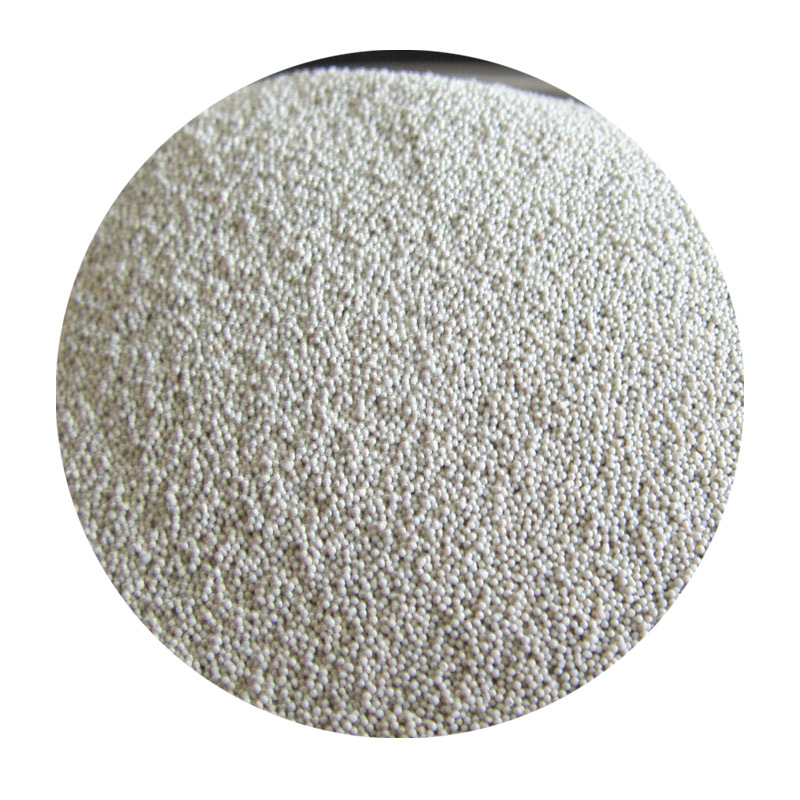- Overview of Lost Foam Sand Casting Technology
- Technical Advantages Driving Industry Adoption
- Leading Manufacturers: Capabilities Comparison
- Custom Solutions for Diverse Industrial Needs
- Material Selection and Process Optimization
- Quality Control in Foam Casting Production
- Future Outlook for Precision Casting Methods

(lost foam sand casting)
Understanding Lost Foam Sand Casting: A Game-Changer in Metal Fabrication
Lost foam sand casting (LFSC) has revolutionized metal component production since its commercialization in the 1980s, now accounting for 18% of global casting output according to the World Foundry Organization. This evaporative-pattern process enables complex geometries unachievable through traditional methods, with dimensional accuracy improvements of 40-60% compared to green sand casting.
Technical Superiority in Modern Manufacturing
Three core advantages position LFSC as the preferred method for precision components:
- Design Freedom: 95% reduction in machining requirements through near-net shaping
- Surface Finish: 125-250 µin roughness vs. 500-1000 µin in conventional casting
- Material Efficiency: 30-45% less metal waste through optimized foam patterns
Manufacturer Capabilities Analysis
| Manufacturer | Annual Capacity | Max Part Weight | Tolerance Range |
|---|---|---|---|
| AlphaCast Solutions | 25,000 tons | 150 kg | ±0.3mm |
| PrecisionFoam Tech | 18,000 tons | 85 kg | ±0.15mm |
| GlobalFoundry Group | 42,000 tons | 300 kg | ±0.5mm |
Tailored Casting Solutions
Modern lost foam casting materials enable customized approaches:
- Automotive: 1,200+ cylinder heads/week production for diesel engines
- Aerospace: Titanium components with 0.12mm wall thickness
- Construction: 8-ton capacity pump housings with integrated cooling channels
Advanced Material Applications
The global lost foam casting materials market reached $2.7 billion in 2023, driven by:
- High-density EPS foams (24-32 kg/m³)
- Polymer-coated sand systems
- Low-carbon steel alloys (SAE 1010-1020)
Production Quality Assurance
Top manufacturers implement multi-stage verification:
- X-ray defect detection (99.2% accuracy)
- Real-time thermal monitoring (±5°C control)
- 3D scanning validation (0.05mm resolution)
Lost Foam Casting: Shaping Manufacturing's Future
With 7.8% CAGR projected through 2030, LFSC continues displacing traditional methods. Recent advancements in 3D-printed foam patterns and biodegradable materials address both precision and environmental concerns, solidifying its position in sustainable manufacturing.

(lost foam sand casting)
FAQS on lost foam sand casting
Q: What is lost foam sand casting?
A: Lost foam sand casting is a metal casting process where a foam pattern is embedded in sand, then molten metal replaces the vaporized foam, creating precise and complex shapes with minimal finishing.
Q: What materials are used in lost foam casting?
A: Key materials include expandable polystyrene (EPS) foam for patterns, refractory coatings, and unbonded silica sand. Binders and alloys like aluminum, iron, or steel are also critical components.
Q: How to choose reliable lost foam casting manufacturers?
A: Prioritize manufacturers with ISO certification, proven expertise in complex geometries, and material-specific experience. Review client testimonials and quality control processes for assurance.
Q: What are the advantages of lost foam sand casting?
A: It enables near-net-shape production, reduces machining needs, and accommodates intricate designs. The process also minimizes waste and supports diverse metal alloys.
Q: Why is foam material selection crucial in lost foam casting?
A: Foam density and composition directly affect pattern stability, gas emissions during pouring, and final surface finish. Proper selection prevents defects like slag inclusions or dimensional inaccuracies.
Next:History of Sand Casting Evolution, Techniques & Modern Uses
